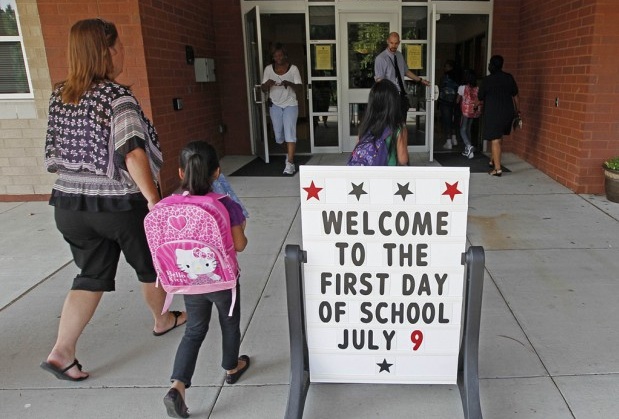
In order for American kids to succeed globally, our education systems must change. One way to improve student performance is to implement year round schooling in more schools throughout the nation.
Year-round schooling refers to a modified academic calendar with short breaks throughout the year instead of a single, long summer break. Few countries offer more than seven consecutive weeks of school break; the United States averages close to thirteen. Students in many of these other nations outcompete American students, who consistently score lower than them on academic proficiency tests.
Long summer breaks have negative effects on academic performance. After a three-month summer break, teens are likely to forget the material learned the previous school year, forcing teachers to dedicate valuable instructional time to review.
“Over summer, …I sometimes forget that I go to school,” says Danielle Yuhan, a junior at Northwood High School.
A Duke University study used test scores to confirm this summertime learning loss, especially in mathematics. Yet shorter vacation time, distributed throughout the year, can cut down on the need to re-teach skills after long breaks. Distributed breaks may also have an impact on dropout rates, as the California Department of Education reports that year-round schools in the state have less than half the dropout rates of traditional schools.
Year-round schools on a multi-track plan also allow for smaller student-to-teacher ratios. According to the California Department of Education, dividing students into multiple tracks that attend school on different schedules throughout the year can increase the capacity of schools by 33 percent. By reducing class size, this method of year round schooling allows teachers to focus on individual students.
The 544% increase of the number of year-round schools since 1987 is indicative of their success. Does year-round schooling allow kids the chance to perfect summer tans? No. Does it help to produce more globally-competitive citizens? Yes.

